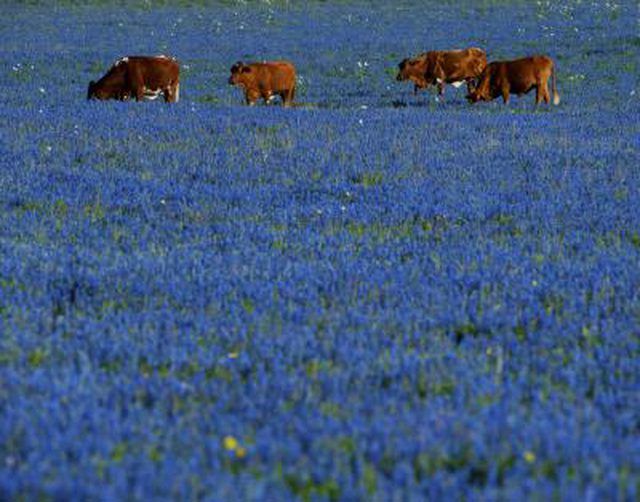Bulbs
Flower Basics
Flower Beds & Specialty Gardens
Flower Garden
Garden Furniture
Garden Gnomes
Garden Seeds
Garden Sheds
Garden Statues
Garden Tools & Supplies
Gardening Basics
Green & Organic
Groundcovers & Vines
Growing Annuals
Growing Basil
Growing Beans
Growing Berries
Growing Blueberries
Growing Cactus
Growing Corn
Growing Cotton
Growing Edibles
Growing Flowers
Growing Garlic
Growing Grapes
Growing Grass
Growing Herbs
Growing Jasmine
Growing Mint
Growing Mushrooms
Orchids
Growing Peanuts
Growing Perennials
Growing Plants
Growing Rosemary
Growing Roses
Growing Strawberries
Growing Sunflowers
Growing Thyme
Growing Tomatoes
Growing Tulips
Growing Vegetables
Herb Basics
Herb Garden
Indoor Growing
Landscaping Basics
Landscaping Patios
Landscaping Plants
Landscaping Shrubs
Landscaping Trees
Landscaping Walks & Pathways
Lawn Basics
Lawn Maintenance
Lawn Mowers
Lawn Ornaments
Lawn Planting
Lawn Tools
Outdoor Growing
Overall Landscape Planning
Pests, Weeds & Problems
Plant Basics
Rock Garden
Rose Garden
Shrubs
Soil
Specialty Gardens
Trees
Vegetable Garden
Yard Maintenance
Facts on the Texas Bluebonnet
Facts on the Texas Bluebonnet. The Texas bluebonnet became the official state flower of the Lone Star State in 1901. Its scientific name is Lupinus texensis. Other names for the Texas bluebonnet are buffalo clover and wolf flower. Mexicans refer to this flower as el conejo. Varieties grow in the western, southern, and eastern regions of Texas.
The Texas bluebonnet became the official state flower of the Lone Star State in 1901. Its scientific name is Lupinus texensis. Other names for the Texas bluebonnet are buffalo clover and wolf flower. Mexicans refer to this flower as el conejo. Varieties grow in the western, southern, and eastern regions of Texas.
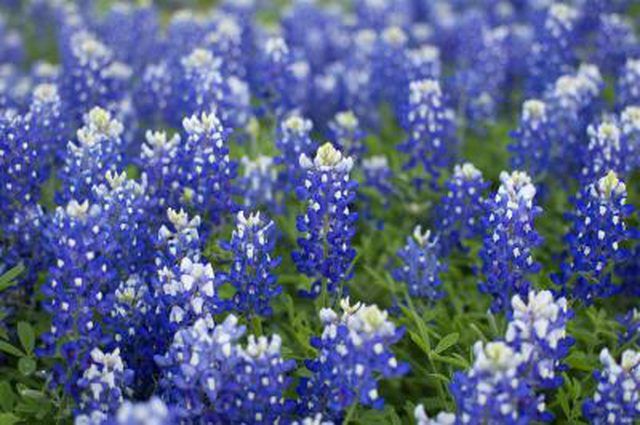
Texas bluebonnets are both perennials and annuals. In warmer climates, they are perennials. Though they tend to bloom more successfully in warmer climates, Texas bluebonnets can also be grown as annuals in colder climates if they are planted in areas that have full sun 8 to 10 hours a day.
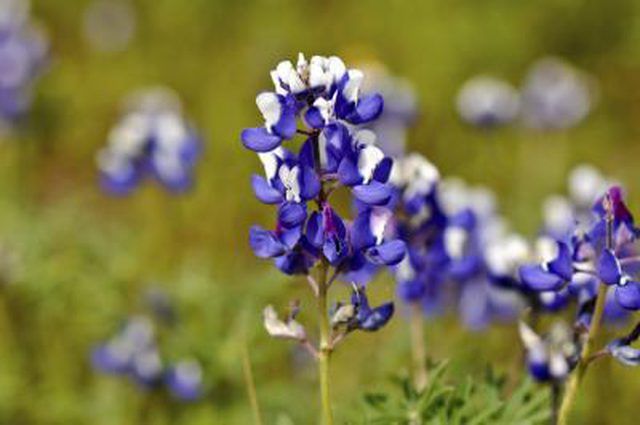
Texas bluebonnets bloom in clusters and are named for their color and shape. The most common variety has flowers that are vivid royal blue, while the topmost florets have white tips. There are also varieties that are pink and white. Each individual floret on the Texas bluebonnet plant looks like a small bonnet. The plants grow 1 to 2 feet tall.
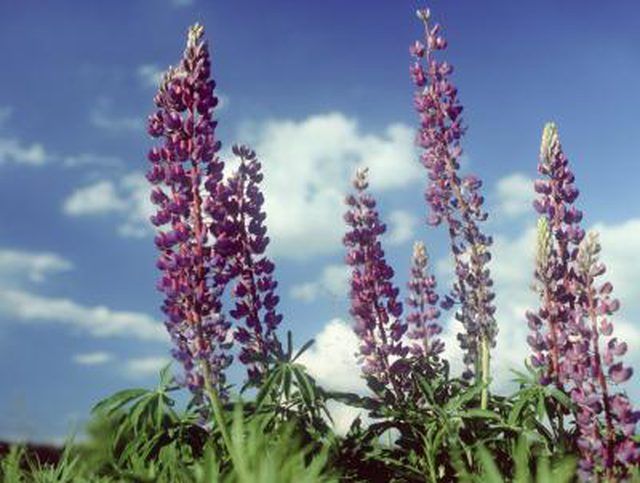
Most commonly, you will find them in fields and along the roadside in their native Texas soil, though it is possible to cultivate them in your own garden. They can be grown in several regions, though they bloom best when they grow in Texas.
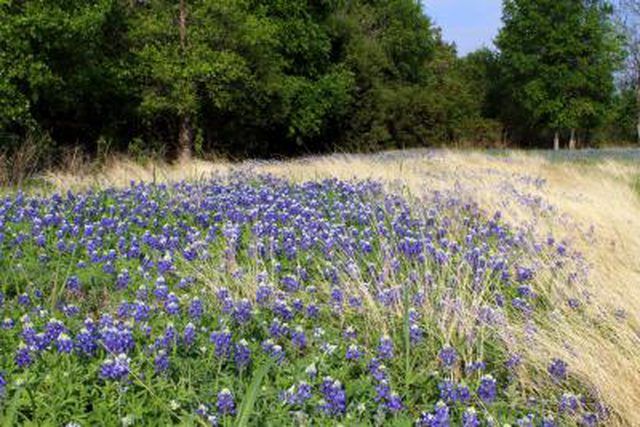
Texas bluebonnets are members of the lupine family, and therefore prefer soil that is sandy and loose. For best results, do not overwater these flowers. If you want to grow them in pots, make sure the pots drain well. It is easier to grow bluebonnets from transplants than from seeds.
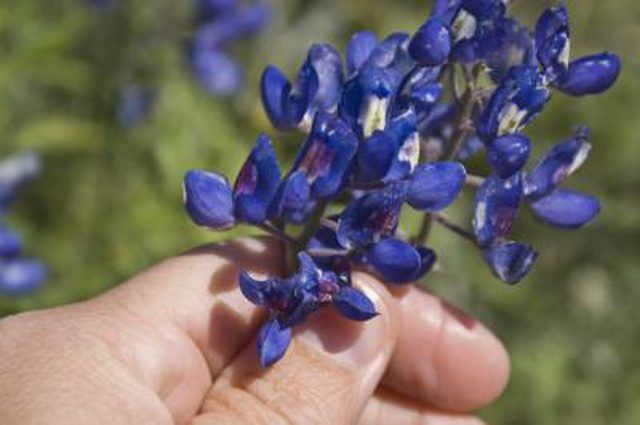
Texans are so devoted to their state flower that there is an annual festival held in honor of the flower. The Texas Bluebonnet Festival takes place each spring in Chappell Hill, Texas. Chappell Hill is a small town with a population of approximately 600 residents. Vendors display their wares, which range from bluebonnet-themed jewelry to artworks inspired by the flower.
